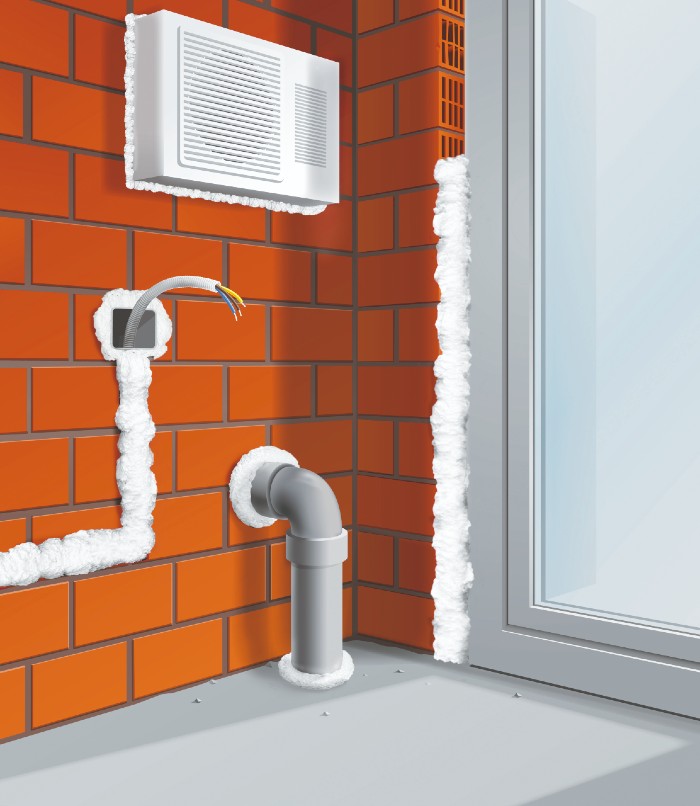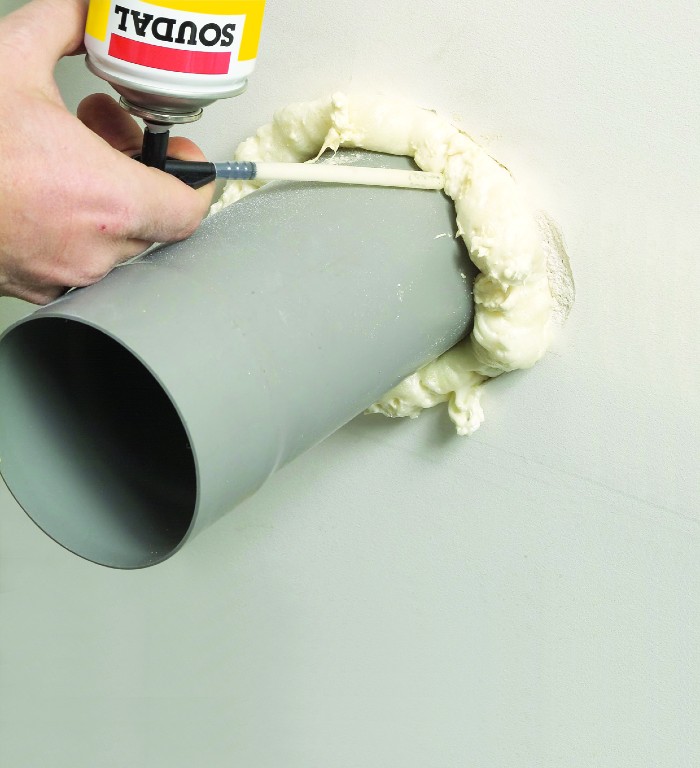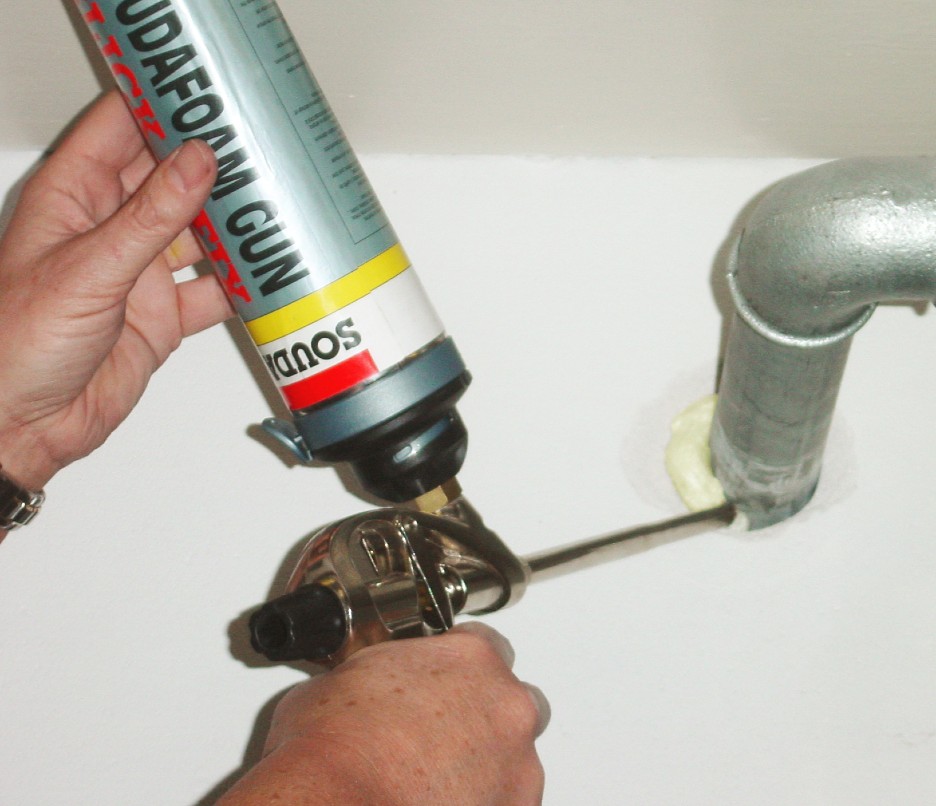|
Mr. Amit Malhotra |
Flexible polyurethane foam helps in providing comfort to everyone, every day. It is best known for supporting our body for a large part of the day in mattresses, upholstered furniture, and car seats. What is sometimes less known is that we enjoy the benefits of hundreds of polyurethane foam articles without even noticing. Its applications are virtually endless, ranging from small but essential items such as sponges in the kitchen, medical dressings to large filters and soundproofing systems that keep our environment clean and quiet.
Polyurethane is a leading member of the wide-ranging and highly diverse family of polymers or plastics. It can be a solid or can have an open cellular structure, in which case it is called foam, and foams can be flexible or rigid.
Polyurethane foam (PU foam) is a versatile chemical product used in many common construction applications that require bonding, filling, sealing, and insulation. Its high thermal and acoustic insulation properties make it an excellent product for applications such as insulation of water pipes, bonding and sealing of roofs and walls, and most importantly, the installation of door and window frames.
The initial steps in Polyurethane chemistry started more than 80 years ago. Single component foams, however, were invented only in 1969 by ICI. During the 1970s, development of the product continued. Since the early 1980s, PU foams have established an important place for themselves in the building industry and later in the DIY (Do-It-Yourself) market. Nowadays, it is inconceivable to find a building site where no PU foam is used in most developed countries.
In India, PU foams for building and construction applications were introduced hardly a decade ago and are unfortunately still not very popular in many different applications or projects. The slow implementation of this product can be explained with the fact that PU foam requires changes in building techniques/methods, which is a process that takes some time. Also, little product awareness and required applicator training for unskilled labour are the challenges for developing this product in building construction applications.
Soudal is the world leader in PU foams, having more than 45 years of experience producing, selling, and using PU foams all over the world. With four modern PU foam production plants in Belgium, Poland, Slovenia, and China, Soudal manufactures over 90 million cans of PU foam a year. In India and other SAARC nations, the PU foam products under the global brand Soudafoam are distributed through the JV company McCoy Soudal Sealants, Adhesives & Foam Pvt. Ltd. based in Gurgaon. McCoy Soudal is the market leader in PU foams in India and has trained over the past ten years thousands of applicators in its McAademy training institute.
Characteristics Of PU Foam
- Forms a semi-rigid structure with more than 70% closed cells
- Excellent adhesion to most common building materials
- Can be trimmed, sanded, and painted after full cure
- Large filling capacities
- Good thermal and acoustic insulation properties with soundproofing – filling leakage. The flow of air that passes through fenestration openings in the building envelope, such as windows, doors, curtain walls, storefronts, roof windows
- Electric insulator
- Very easy to apply
PU Foam Types
Single component (1K) PU foams cure through a reaction of the pre-polymer with moisture. After full cure (60-90 min for 30 mm bead Wood strip). They ensure a strong bond and excellent insulation values. To optimize the curing and ensure a good foam cell structure, substrates need to be moistened before the application.
Two-component (2K) PU foams cure much faster as the pre-polymer reacts with a catalyst, which is released when the can is activated. These foams are specially used for closed cavity applications where no moisture is available. The foam will cure within 5 minutes and needs to be applied at one shot, and can’t be stored once opened. The density of 2K foams is high (35kg/m²) compared to 1K foams (20-25kg/m2).
Gun Foams Vs. Straw Foams
Professionals and frequent users mostly use gun foams. These require a special foam gun that has a special function in frothing the foam as it is extruded and has the following properties:
- High yield, low density
- Low expansion
- Convenient application – less wastage
- Requires gun and foam cleaner and proper cleaning of the gun
Straw foams are used mostly by DIY (Do-It-Yourself) and occasional users. Straw foams are easy-to-use and do not require any special tools, and has the following properties:
- Medium yield, medium density
- Triple expansion
- Quasi one-shot application: straw must be replaced
Therefore, a good PU foam is one that balances these different properties into a product with the best efficiency in performance – high yield, but with enough density to ensure good stability and structure.
Foam Structure And Quality Of Foam
The foam structure refers to the foam cells – these cells can range from very fine to very coarse. The finer the foam structure, the higher the foam’s quality and stability, and the better the insulation properties.
On the other hand, coarse cell structures and evidence of large holes or voids in the foam structure indicate bad foam quality – reducing the effectiveness of the foam.
In extreme cases, a very bad foam structure may lead to foam collapse – a phenomenon where the foam has a hollow foam skin with no cell structure inside.
Different Type Of Applications
- Door frame installation
- Window installation
- Tie rod hole filling application
- Core cut filling application
- Isolation joints in the building
- Installation of fire-rated door
- Façade perimeter sealing for passive fire protection
- Plumbing/cable/fire shaft applications
Application Of Windows With PU Foam
In the window industry, everyone talks about the quality of the profile, the type of glass, the other accessories like hardware, etc. to fabricate a good quality system window with all the required features on insulation, aesthetics durability, light transmission, etc. All these elements of course have a crucial role in obtaining all these features.
What is often neglected or not taken seriously is the installation part. You can have a window with the best, latest, state-of-the-art materials. Still, if that window is not installed properly, you will lose a lot of the insulation (acoustic & thermal) values through the joint/perimeter of the window and have leakages, which will spoil the aesthetics around your window.
Therefore, the use of quality sealants and PU foams plays a crucial role in obtaining a perfectly installed, waterproof, and insulated window.
PU foam is generally used to fill the entire joint between the wall and the frame; it increases the building’s insulation properties and avoids “bridges” in which heat/cold or sound can be transferred freely.
Sealants are applied over the PU foam to make the window weather/waterproof and protect the PU foam from UV.
Windows always need to be attached mechanically and strongly supported with all fittings (including spacers). Only using PU foam to fix a window is not sufficient for high wind load pressures. PU foams, as chemical products, are reliant on several factors for their structure, yield, and other properties. A knowledge of these factors could maximize the efficiency of PU foam products by an experienced user.
The quality of the PU foam gun and its components can make a very large difference. A good gun can deliver as much as 30% more yield for the same can of foam than a poor gun. Besides yield, guns can also affect the density, foam cell structure, expansion, and mechanical strength. As long as guns are properly cleaned and maintained, it is always good to use a better gun for foaming applications to ensure optimal foam performance. Besides, high-quality guns have a longer service life – poor quality guns are prone to blockages, jams, and other problems, even if properly cleaned. As a result, using a high-quality gun makes good economic sense, despite the gun’s higher cost.
For further information,
visit: www.mccoysoudal.com






